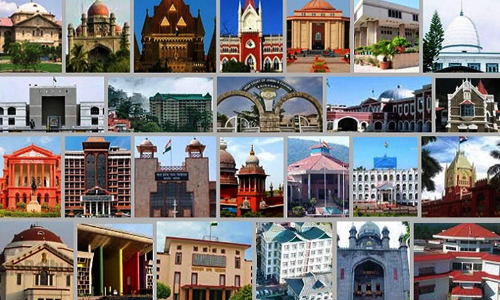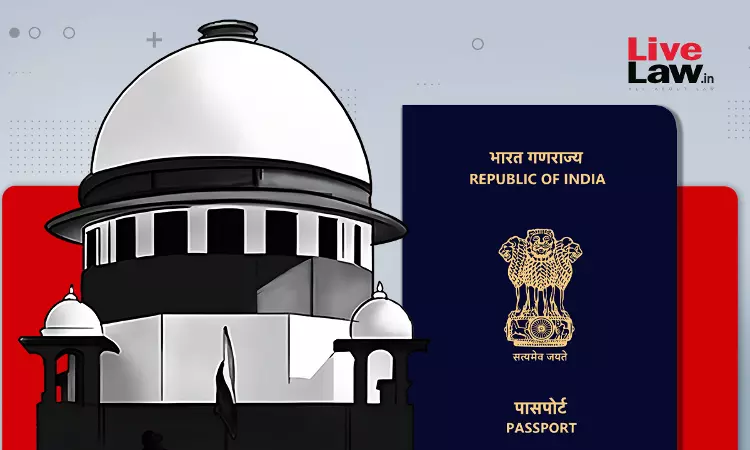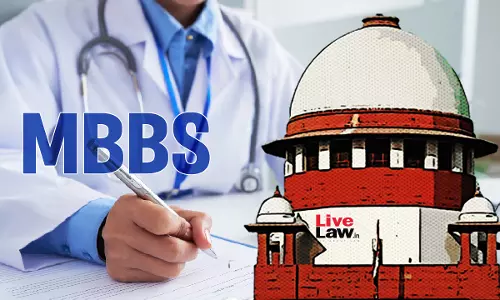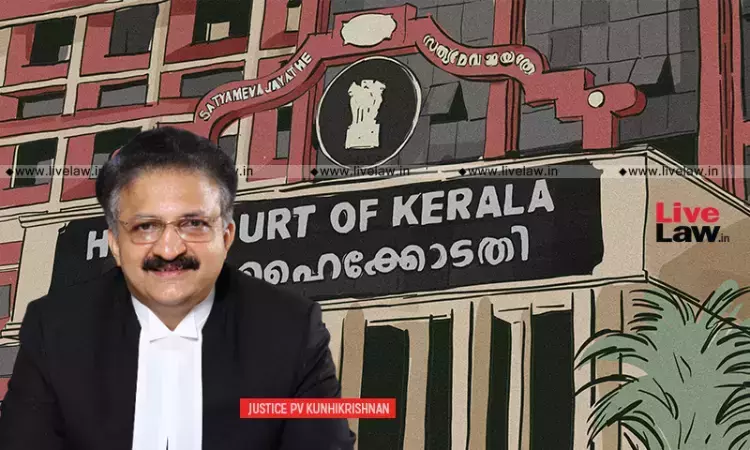RTI on Supreme Court Data; Division Bench of Delhi High Court stays single Bench order
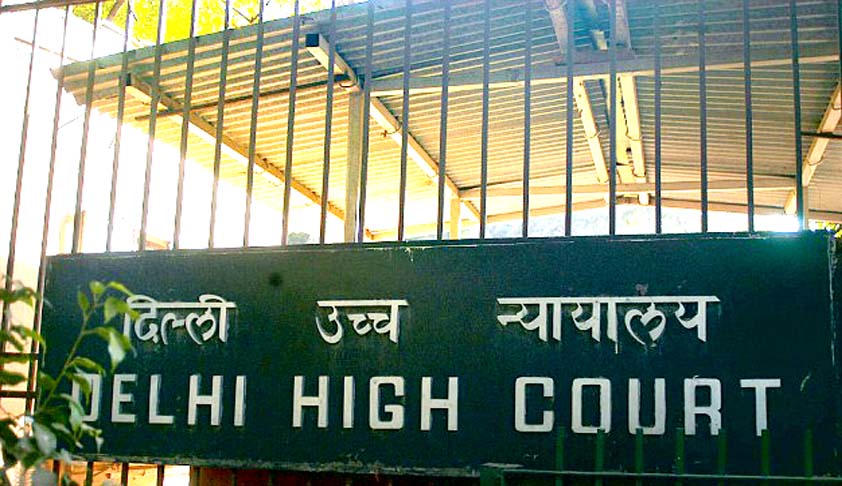
Single Judge Bench of Delhi High Court in its order dated 4th December, 2014 had dismissed appeal filed by Supreme Court Registrar against order of CIC directing Supreme Court Registry to provide information regarding pending cases which have been heard and such orders have been reserved. The RTI application was initially filed by Mr. Lokesh Batra to the CPIO.The matter is slated for reply...
Single Judge Bench of Delhi High Court in its order dated 4th December, 2014 had dismissed appeal filed by Supreme Court Registrar against order of CIC directing Supreme Court Registry to provide information regarding pending cases which have been heard and such orders have been reserved. The RTI application was initially filed by Mr. Lokesh Batra to the CPIO.
The matter is slated for reply on February 12. The RTI activist is represented by Prashant Bhushan and the Registry by AS Chandiok.
The Division Bench has now stayed this order of the court. Arguments forwarded by both parties revolve around the spheres of the availability of this information in the public domain viz a viz its compatibility with user accessibility to such information. The debate rests around two central points. The Right to information act defines right to information as right to information accessible under this Act which is held by or under the control of any public authority and includes the right to--
(i) inspection of work, documents, records;
(ii) taking notes, extracts or certified copies of documents or records;
(iii) taking certified samples of material;
(iv) obtaining information in the form of diskettes, floppies, tapes, video cassettes or in any other electronic mode or through printouts where such information is stored in a computer or in any other device."
Thus the act provides that information which is under the control of public authorities can be inspected or perused by people. This definition does not out rightly incumbent the authorities to provide for information in any form or manner as desired by them.
The Madras High Court in its judgment dated 17.9.2014, PIO-Registrar (Admn.), High Court, Madras Vs. Central Information Commission, New Delhi & another, held that “disclosure of information must be commensurate and in conformity with the smooth functioning of the public authorities and this particular case shows how a single individual can overload a public authority and divert its resources rather disproportionately while seeking information. The RTI Act was enacted to provide for setting out the practical regime of right to information to citizens to secure access to information under the control of public authorities, in order to promote transparency and accountability in the working of every public authority. Under the RTI Act, a citizen of this country has a right to information as defined under Sections 2(f) and 2(j), of course, subject to certain restrictions as provided under the Act. What information one can seek and what right one can have, are specifically contemplated under Sections 2(f) and 2(j) respectively. However, the word "right" is not defined under the RTI Act. In the absence of any definition of "right", it has to be understood to mean that such "right" must have a legal basis. Therefore, the "right" must be coupled with an object or purpose to be achieved. Such object and purpose must, undoubtedly, have a legal basis or be legally sustainable and enforceable. It cannot be construed that a request or query made ‘simpliciter’ will fall under the definition of "right to information". The "right" must emanate from legally sustainable claim. There is a difference between the "right to information" and the "right to seek information. The Courts will always weigh the balance and lift the veil to find out as to whether the applicant has sought the information with bona-fide intention and as to whether such information has any relevance for his request. It is needless to say that while the "use" is to be encouraged, the "misuse" has to be curtailed and nibbed at the bud. “
Thus the court in this precedent set out the practical considerations for demanding information and distinguishes right to information from right to seek information, the latter being not included under the act.
However the Delhi High Court order heavily places reliance on the obligation of public authorities to maintain information in a manner which facilities right to information. The judgment had also placed reliance on the practical need to have such a compilation in public domain, given the prolonged delay in delivering judgments and the unreasonable time for which judgments are reserved. Thus the court also considers that sometimes even though such information is not maintained by public authorities, but it ought to be maintained by public authorities, for the rendition of such information is central to the cause of justice.
The court in its judgment held “CIC had not found it necessary to give directions for maintenance of records to ensure that information sought in that case is made available to public. It is not necessary that in each case, a direction be issued for maintenance records in a manner to facilitate access to all kinds of information. There may be innumerable records and vast data that may be stored in varying forms and media; it is neither necessary not feasible that the manner in which records are to be maintained be changed to accommodate ready access to all information. However, in cases where certain information is of importance and relevant to public interest, the CIC can issue orders for compliance under Section 4(1)(a) of the Act. Section 4(1)(a) of the Act enjoins every public authority to maintain records in a manner and the form, which would facilitate the right to information under the Act. The CIC had further directed that in the event such information was not centrally available, the impugned order should be brought to the notice of the competent authority to ensure that the same is compiled and placed in public domain. Indisputably, the period for which a case remains pending after the arguments, is relevant for any citizen who desires to know about the pendency of cases before the Supreme Court. “
Given the two opposing views of the High Court, the division bench will have to carefully tread balancing the need to avoiding the economic cost of over burdening the authority, with the need of transparency during the time a case is heard, judgment reserved and finally given.


